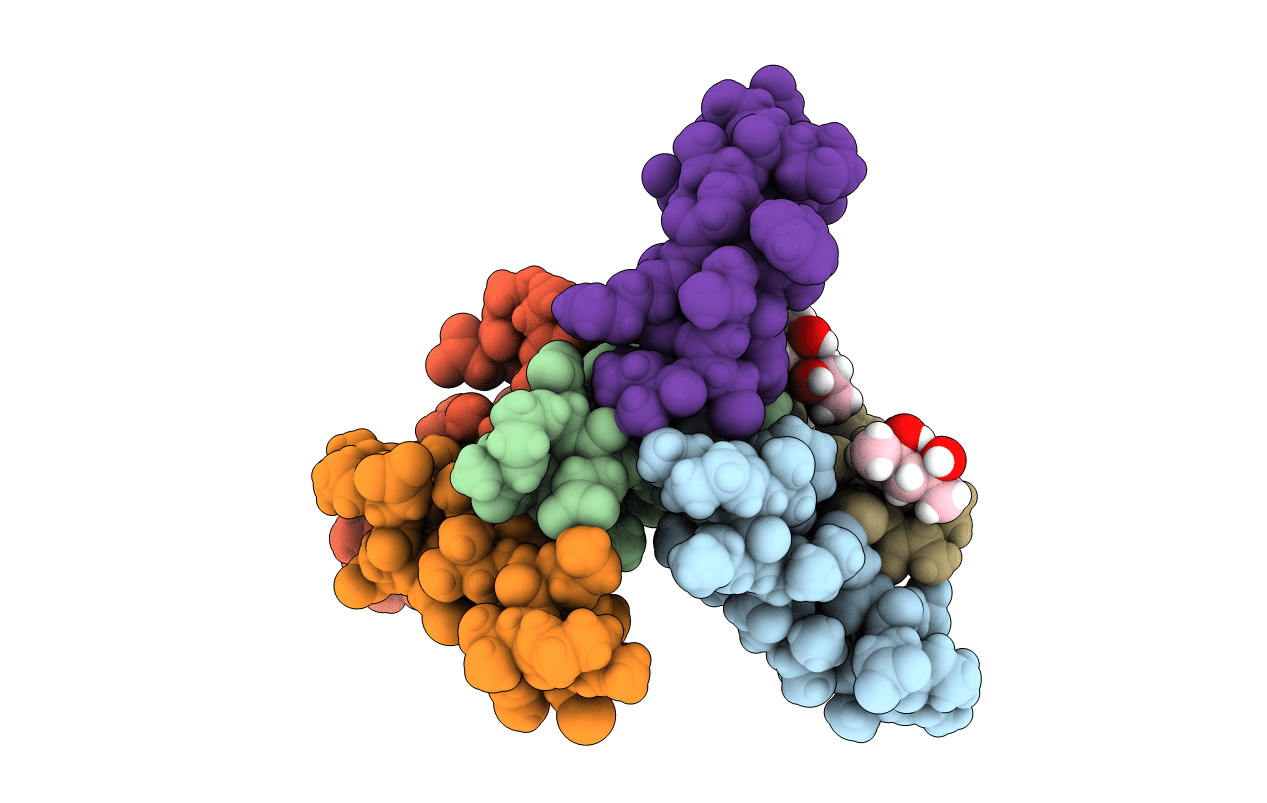
Deposition Date
2018-06-11
Release Date
2018-10-17
Last Version Date
2023-11-15
Entry Detail
PDB ID:
6DR5
Keywords:
Title:
X-ray crystallographic structure of a covalent trimer derived from A-beta 17_36 containing the I31Chg point mutation
Biological Source:
Source Organism:
Homo sapiens (Taxon ID: 9606)
Method Details:
Experimental Method:
Resolution:
2.08 Å
R-Value Free:
0.21
R-Value Work:
0.17
R-Value Observed:
0.17
Space Group:
P 31 2 1


